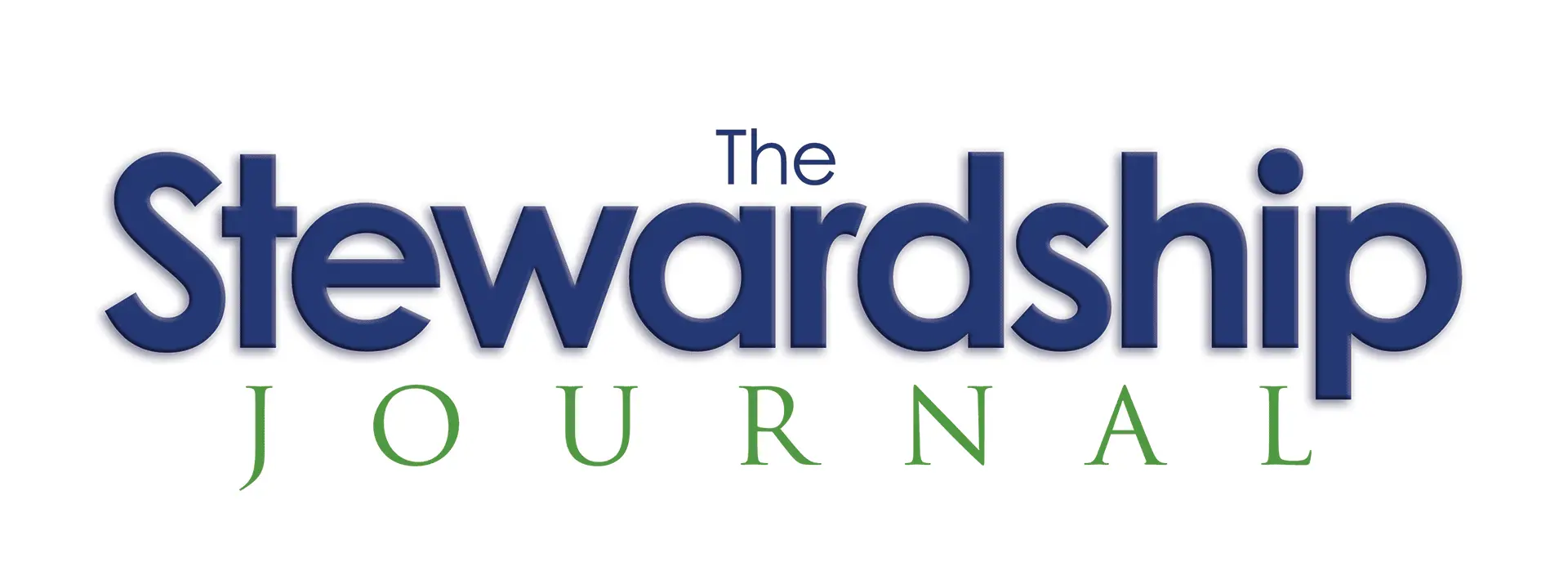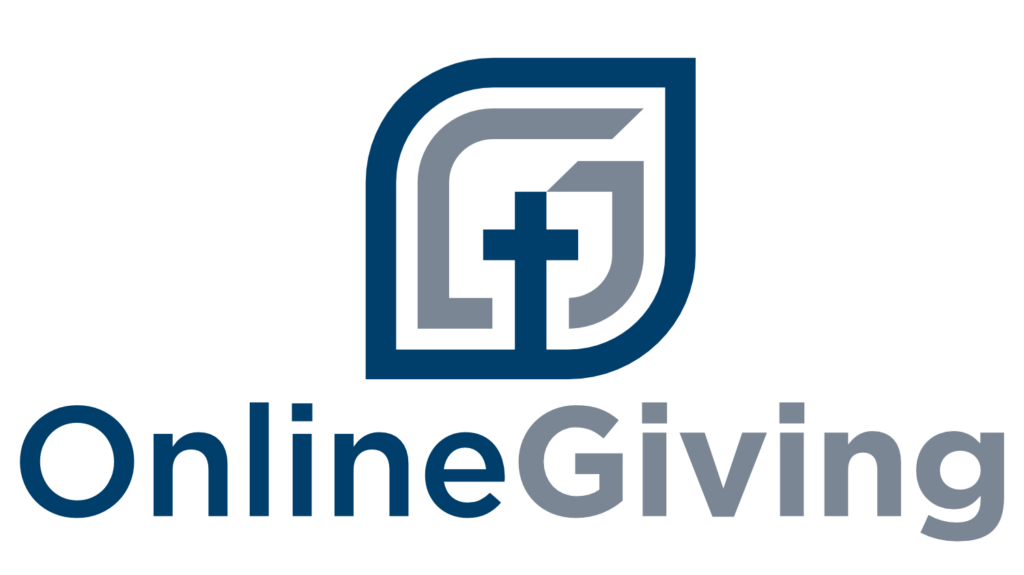
The churches that survived the closures in March 2020 owe their survival to a crucial group. Despite alarming predictions of widespread closures due to a decline in giving, these churches held their ground. Our financial analysis of current clients and extensive research of numerous articles and studies underscored the significant role of a few top-tiered donors in stabilizing giving, highlighting their importance in the church’s financial stability. It wasn’t new givers that kept the church afloat. It was your faithful who stepped up and dug deeper, giving more so you can sit in your office reading this. Without these people, your ministry wouldn’t look like it does now.
Do you have a plan to help this group fulfill God’s blessing upon them? As I conclude my focus on the various lanes of stewardship, I want to shed light on what I believe is the most crucial lane for not just surviving but thriving into the future: the Legacy Lane. In this Coach, Preparing for the Future With a Legacy Lane Strategy, I will empower you with the knowledge of this lane’s importance. Why should you care?
By 2050, giving to the church in America is projected to decline by a staggering 50%. Currently, the typical American gives just under 2% of their disposable income to the church. By 2050, that percentage is expected to drop to around 1%. The church that survives this is the church that today has a forward focus. It is crucial for church and denominational leaders to grasp the reality of future giving. Do you remember the challenges of March 2020? That could become your everyday reality very soon. I believe, by embracing a Legacy Lane concept, you can avoid this decline, thus improving your church’s financial security. It is my belief that we are headed into turbulent times, and now is the time to get prepared. Before I discuss the Legacy Lane in depth, let me lay some groundwork for our understanding.
On average, the typical church sees 15% of their donors give 50% of all that is given. That is what I have discovered from over twenty-five years of looking at church-giving data. For multiple million-dollar budgets, the average typically runs around 10% or less. When it comes to capital campaign giving, our data reveals that half of the 15% commit 50% of what is committed to the capital campaigns. The remaining half of the 15% commits around 40%. Clearly, a few give the majority of all that is given. This group forms most of your Legacy Lane. Let me share with you my definition of the Legacy Lane.
Legacy Team Definition – A group of people who either have the gift of generosity or are looking for creative ways to use the blessings God has given them to be a blessing to others.
The Closing Window of Opportunity—I remember reading a report in 2018 from one of the leading charitable think tanks in the U.S. They discussed the generational shift in wealth that was occurring. They pointed out that every day, 10K Boomers were turning 65. Boomers are, by an amount given, the number one donor group. In 2018, they said we had a five-year window of opportunity with this key donor group. Many factors, like Covid, have caused Boomers to delay retirement. Yet the point is that we have a narrow window of time left with our key donor base, Baby Boomers. Soon, they will all be in retirement with a diminished ability to give. While you work to build up the next generation of donors, you need Boomers to step up and help pave the way for a financially secure future. So, I have been saying since 2018,
Now is the time to build, renovate, repurpose, reposition, relocate, and launch what you need to be prepared for 2030 and have it paid off as quickly as possible.
Don’t put off future planning. Start thinking 5 ½ years down the road. Want to know how long your window of opportunity for maximum giving is? Your congregation’s age demographics help answer that question.
I use what I call The Over Under Split. The Over/Under Split focuses on the percentage of your giving coming from those above sixty years of age and those below. The higher the percentage above sixty, the more quickly your finances could get in trouble. One of my first questions to church leaders I meet with is, what is your over/under? I want to know how many givers are above sixty and how many are below. What percentage does each group give? Most churches see those sixty and above giving 80% to 90% of all donations. How far beyond 2030 is that percentage sustainable? One of the most unreported issues is the impact on churches of our declining donor base.
Back to that closing window of opportunity. I believe there is still time to help those sixty and above use the resources God has given them for Kingdom purposes. This is a major reason I began stressing a Legacy Giving Strategy. For simplicity, I simply call it the Legacy Team. Anyone can join. My parents, while never being rich, loved giving $50 a month to various ministries. You want that kind of generous spirit on the team. So, we make membership and attendance at any meetings open to anyone. All you have to do to join is enjoy blessing other people with your time and money. Thus, pastor, you are not excluding anyone. You are simply being laser-focused on discipling the group that has always been there for you and the church. These people are the leaders in your church.
To give it a sports analogy, these people are the Seniors on the team that all the other players look up to. A wise coach treats Seniors differently than Freshmen. Suppose that the coach, right before the big game, decides to change the offensive. On Monday, he brings his Senior in and says, “Guys, for us to win this game, we need to change our offense. When I announce this to the team, I need your support not just in the meeting but in the halls, the parking lot, etc.” By treating them as leaders, they will act as leaders. Who are your Seniors?
What does a Legacy Lane Strategy look like? It’s going to be different for every church due to their culture and context. However, I believe it is always about providing information and inspiration about what your church is seeing happen. You want to continually connect the fulfillment of the vision with their generosity. In other words, find ways to communicate these victories to this group. Keep them informed of various needs, problems, etc. Communicate with them often. Perhaps a monthly email, a quarterly dinner, or even grabbing a cup of coffee with them.
Start by making investments in their lives. Before you ask for anything, you must first invest time into their lives spiritually. A personal relationship with the pastor is most often the key that opens a donor’s wallet. You are not doing this for their money. You are providing spiritual help and direction so they can fulfill God’s will to be good stewards of their resources.
What is your over/under split? The question for you is, how many of your top 15% are heading into or are already in retirement? Let’s use whatever window of opportunity is left to help this generation be good stewards, helping secure the financial security of your church. The time to prepare for the lean years is now. Having a Legacy Lane Strategy is essential.
 1
1
Mark Brooks – The Stewardship Coach
mark@acts17generosity.com

OnlineGiving.org, the leading online giving processor in America, sponsors my writing. Find out more about their services at https://www.onlinegiving.org/.


